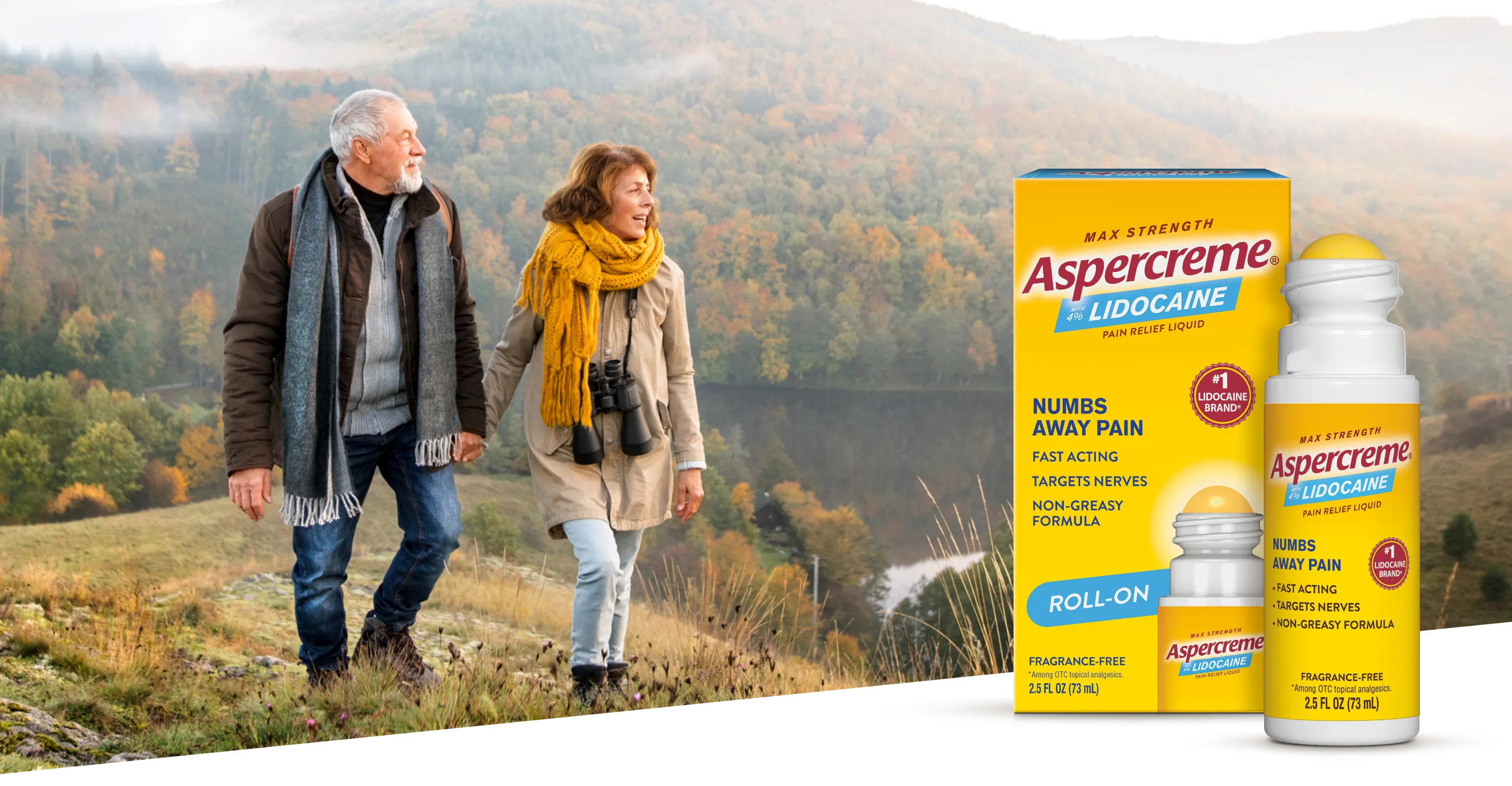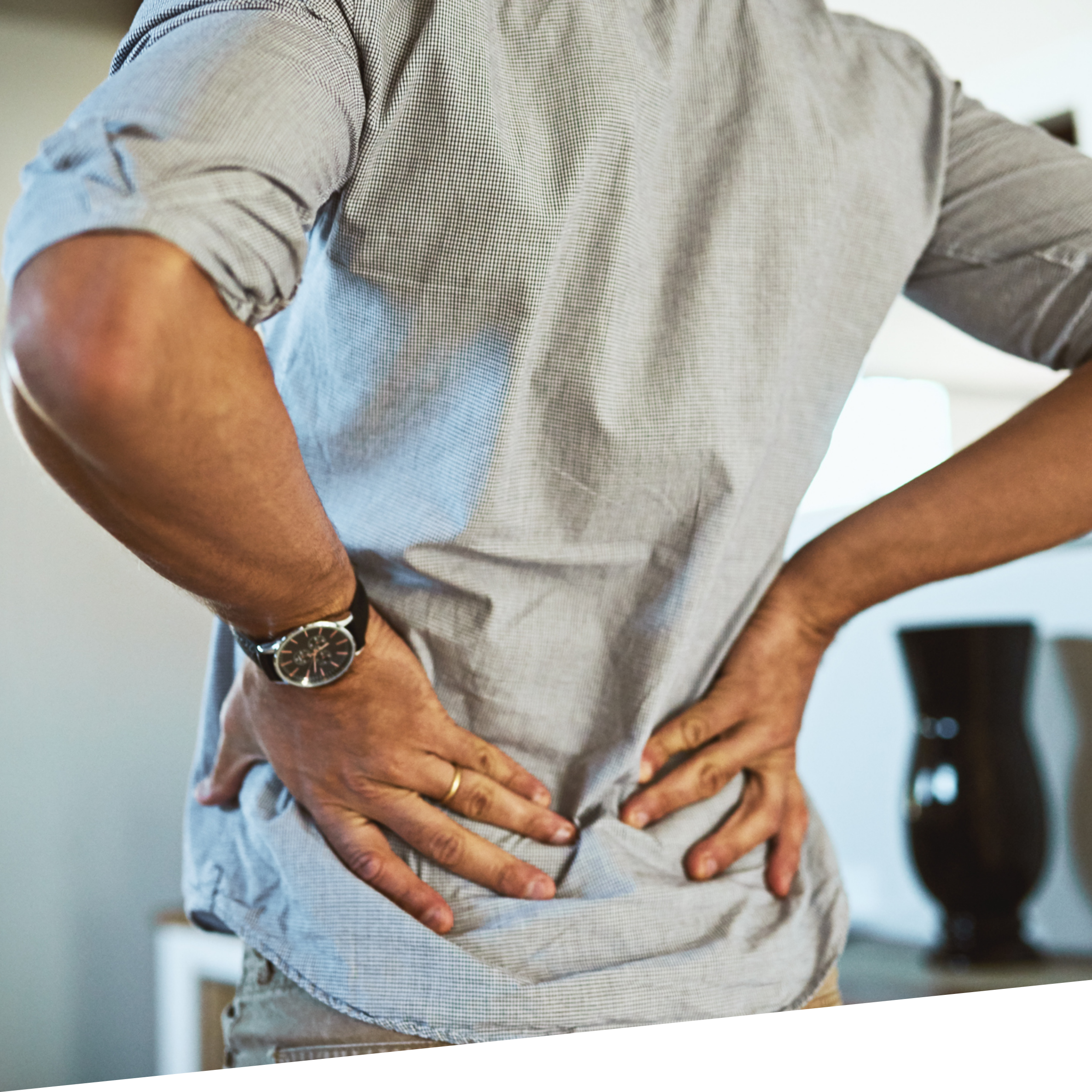
Patches or Creams for Back Pain Relief: Which Is Better for You?
Dealing with back pain? At best, it can be a nuisance, and at worst, totally debilitating. Back pain happens for lots of reasons: long hours at your desk, old injuries flaring up, chronic conditions, and more. Finding effective pain relief is the key to managing your pain so that it doesn’t manage you.
Two of the most popular topical back pain relief forms are back pain patches and creams. How are they different? Is one better than the other? How can you tell which one is right for you? Let’s break it down:
On This page, You’ll Learn About:
Do Patches and Creams Tackle Pain Differently?
The effectiveness of a topical pain reliever doesn’t depend on whether it comes as a patch or a cream. To know how strong a product is, you’ll have to look at its active ingredients, such as Lidocaine and trolamine salicylate, and how concentrated they are.
Ultimately, whether you should choose a cream or patch comes down to the nature of your pain, your lifestyle, mobility, and preferences.
How Do Pain Patches Work?
Pain patches are adhesive pads that are applied to the painful area. They slowly let out medicine over time, giving you relief for hours to days, depending on the brand or product.
If you're experiencing nagging, fixed pain that just won’t go away, patches for back pain are a great choice. They're discreet, comfortable, and work great as on-the-go or overnight relief.
How Do Creams Work?
You’re probably familiar with pain relief creams. The cream gets massaged over the sore spot, seeps through your skin, and provides relief right where you need it.
If you’re looking for instant relief for random or sudden flares of pain, consider a cream for back pain relief.

Quick Tips On How To Manage Back Pain
Get Moving: Gentle exercise can help strengthen the muscles that support your back. Make sure to keep it light! Think swimming, walking, and yoga.1
Stretch It Out: Taking 5 minutes to stretch every day can help ease the tension in your back.
Hydrate: Staying hydrated maintains the elasticity and fluidity in your tissues and joints. Make sure you’re drinking enough water to help prevent back pain.2
Use Hot & Cold Therapy: If you’re experiencing back pain, applying a cold pack can reduce inflammation and numb pain, while a hot pack can relax tense muscles and improve blood flow.3
Listen to Your Body: If your back pain interferes with your daily routine, it’s time for Aspercreme® lidocaine cream and patches. Aspercreme® Pain Relief Cream With Lidocaine numbs your achy back so you can get back to doing what you love.
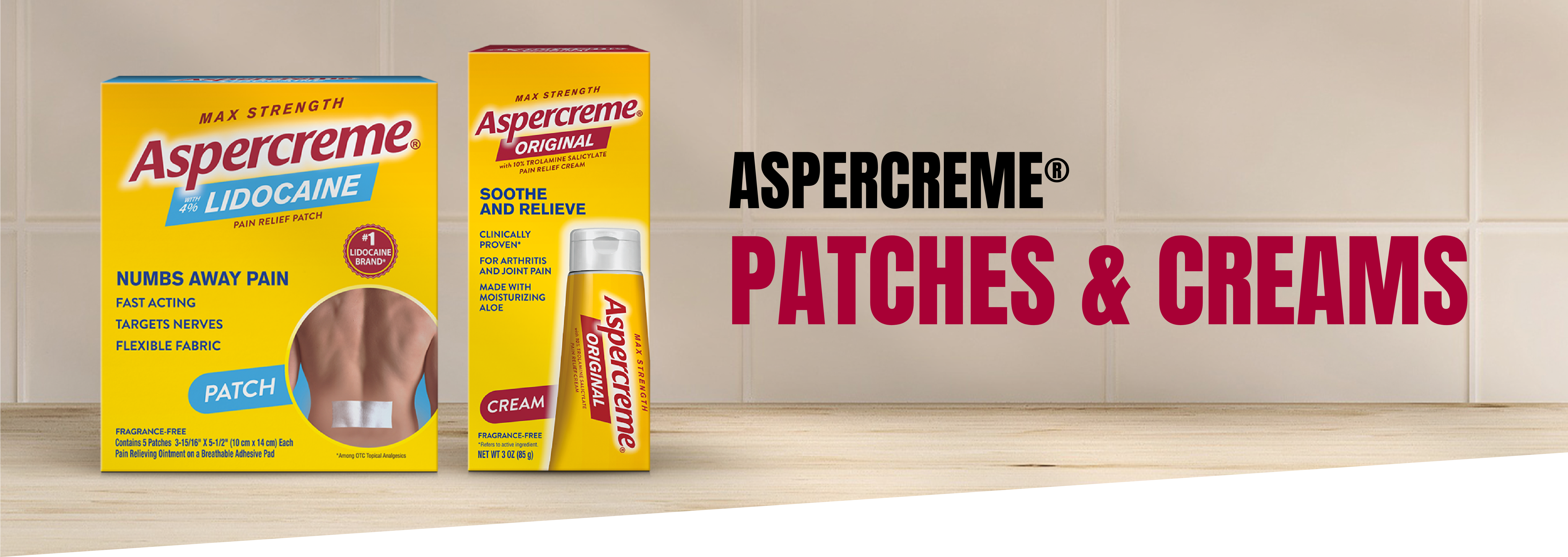
Find The Right Aspercreme For You
If you need quick and powerful relief for your achy back, there is an Aspercreme product for that.*
*Use as directed
Aspercreme® Original Pain Relief Cream
Targeted pain relief
Works fast and lasts
Aspercreme® Lidocaine Pain Relief Patch
Patch-and-go relief
Eases aggravated nerves
*Use as directed
RELATED PRODUCTS
References
1. InformedHealth.org [Internet]. Cologne, Germany: Institute for Quality and Efficiency in Health Care (IQWiG); 2006-. Low back pain: Why movement is so important for back pain. 2012 Feb 9 [Updated 2019 Feb 14]. Available from: https://www.ncbi.nlm.nih.gov/books/NBK284944/
2. Popkin BM, D'Anci KE, Rosenberg IH. Water, hydration, and health. Nutr Rev. 2010 Aug;68(8):439-58. doi: 10.1111/j.1753-4887.2010.00304.x. PMID: 20646222; PMCID: PMC2908954.
3. “Ice Packs vs. Warm Compresses For Pain.” Johns Hopkins Medicine, https://www.hopkinsmedicine.org/health/treatment-tests-and-therapies/ice-packs-vs-warm-compresses-for-pain. Accessed 25 March 2024.
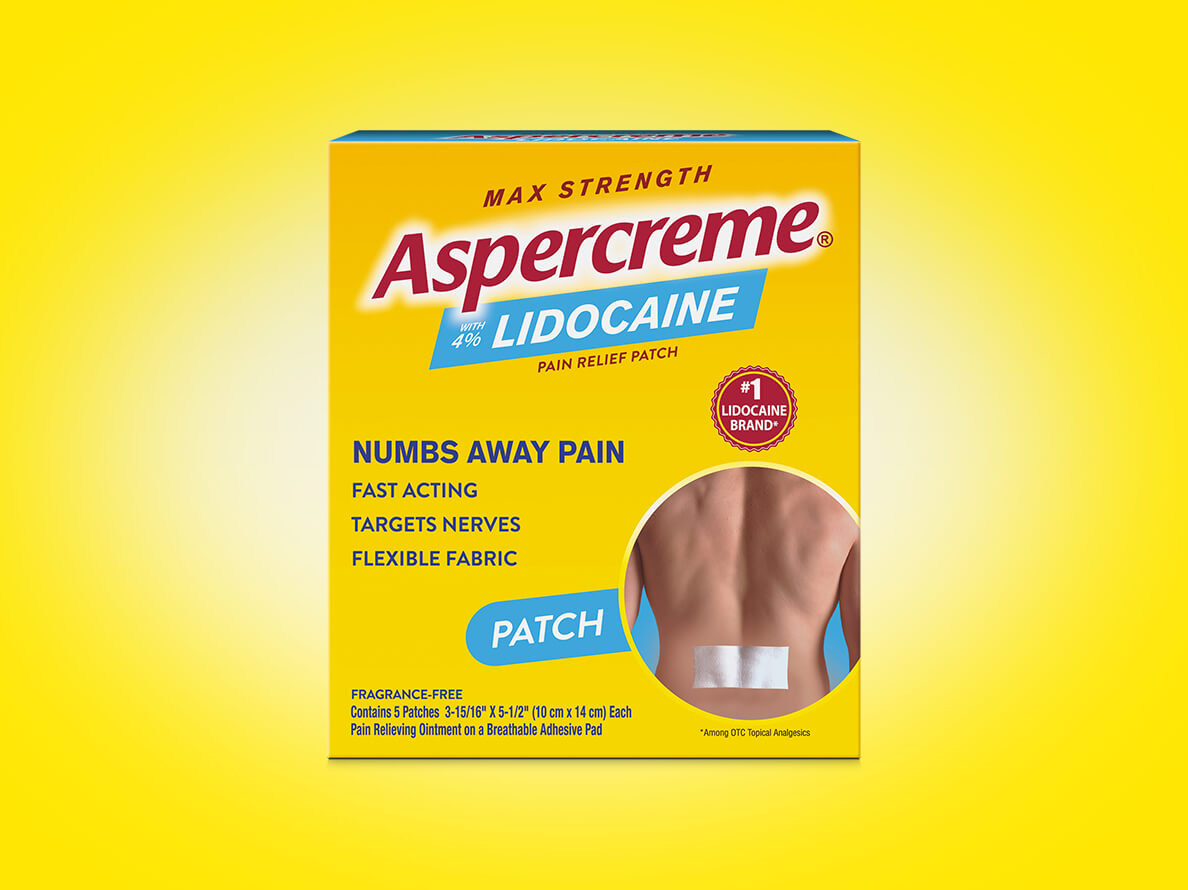.jpg)
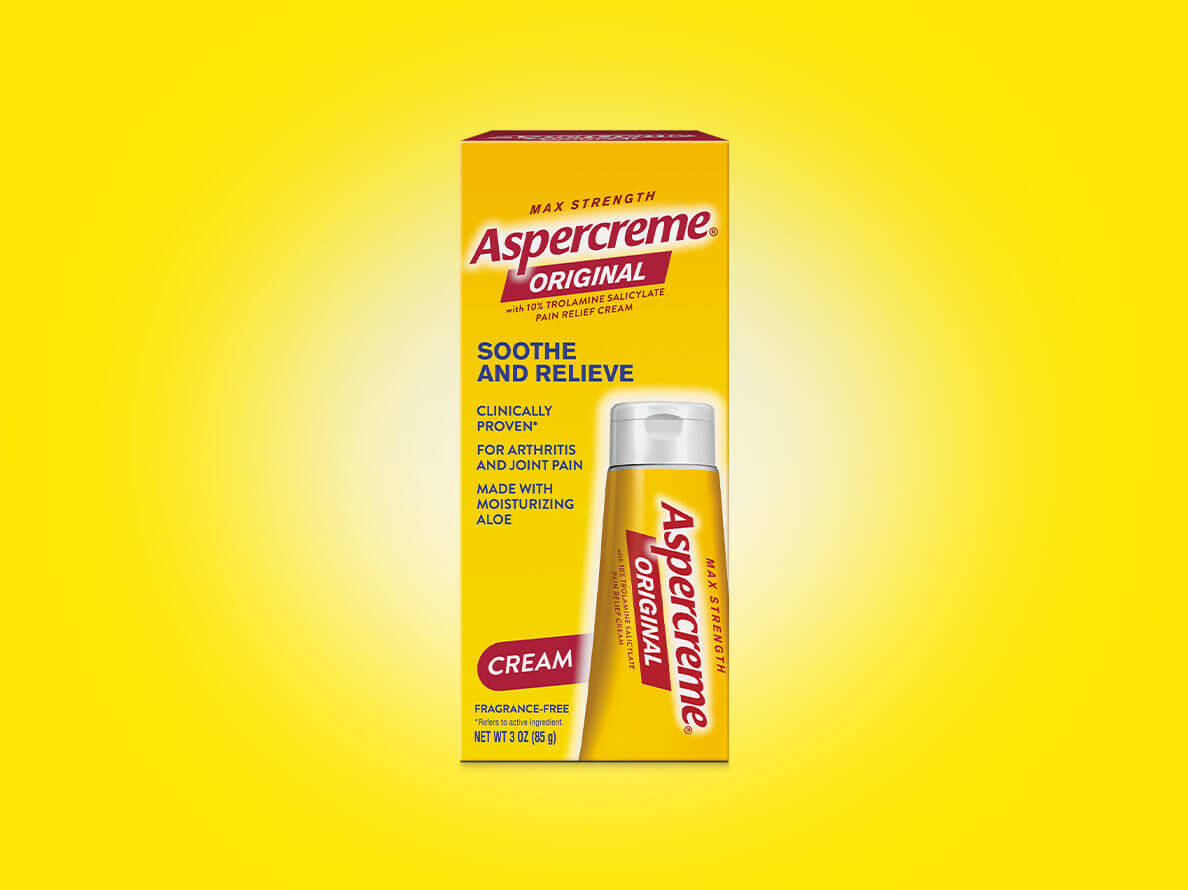.jpg)

